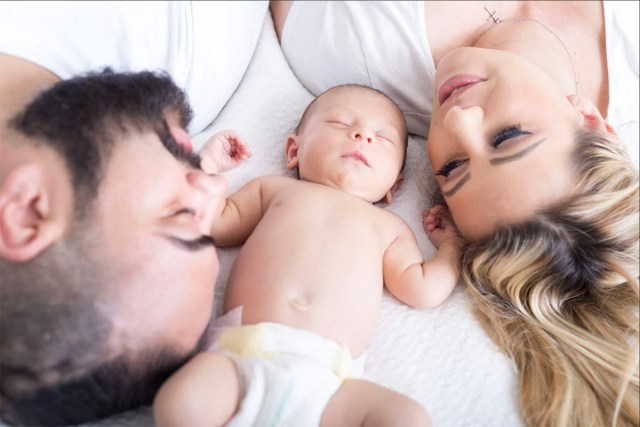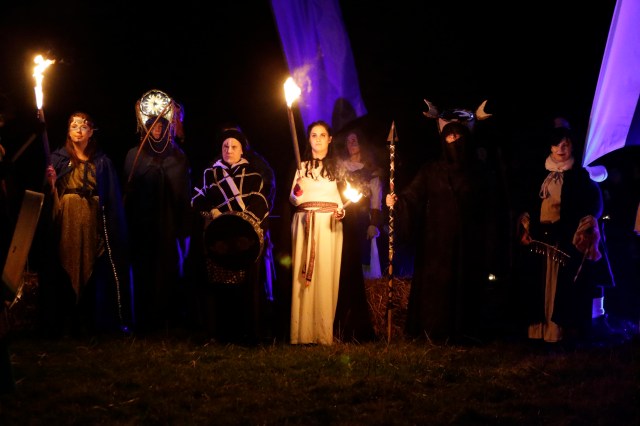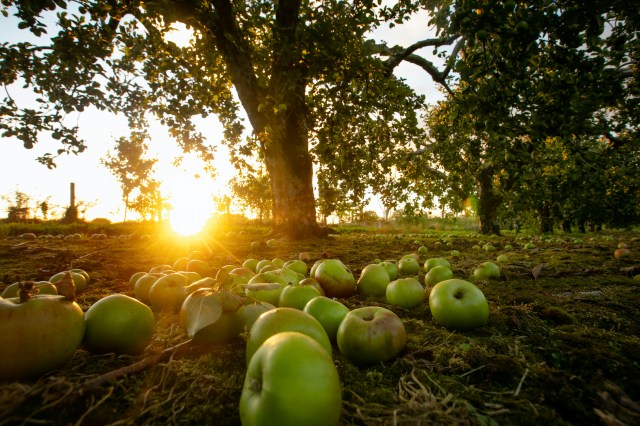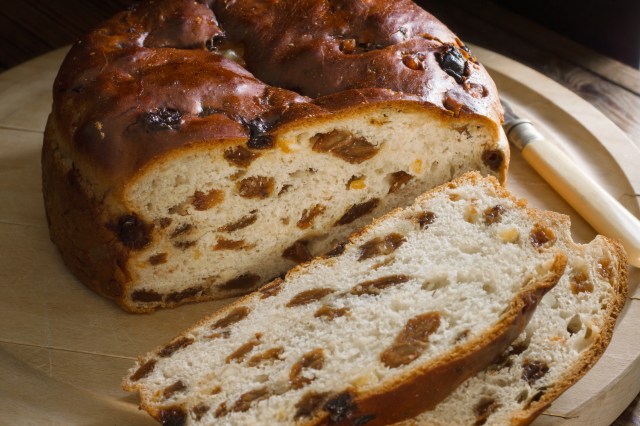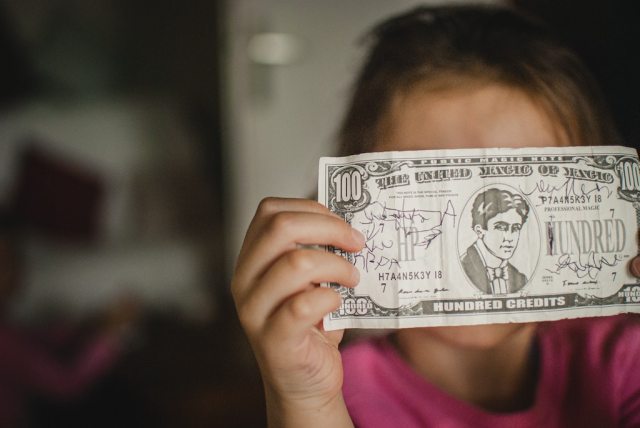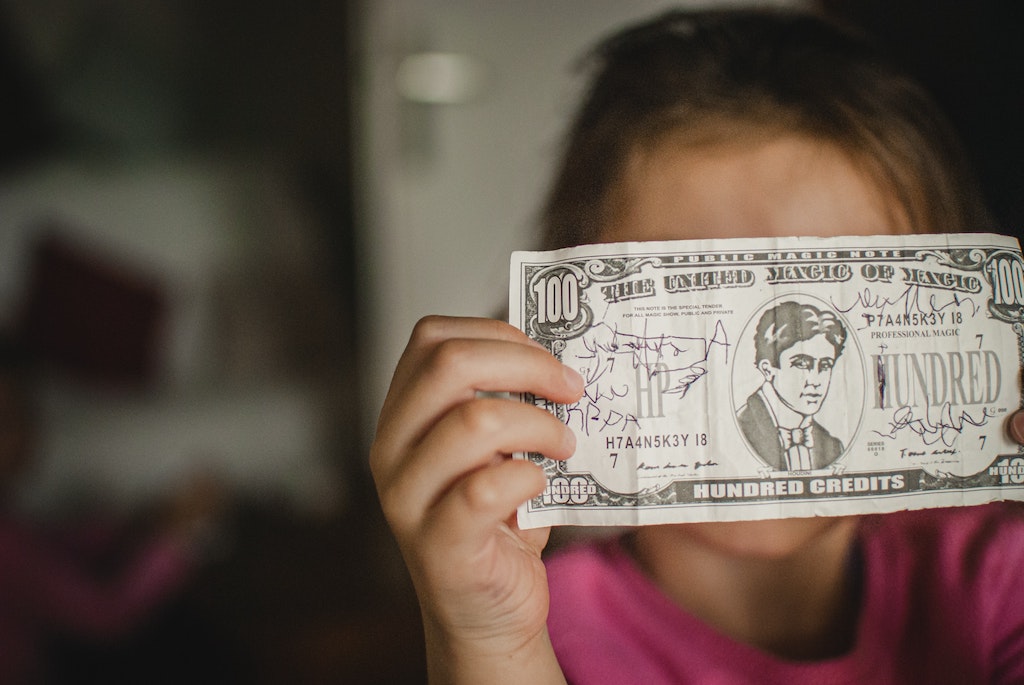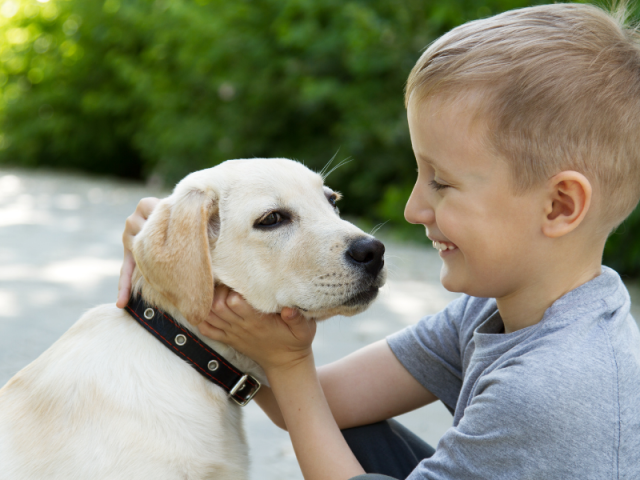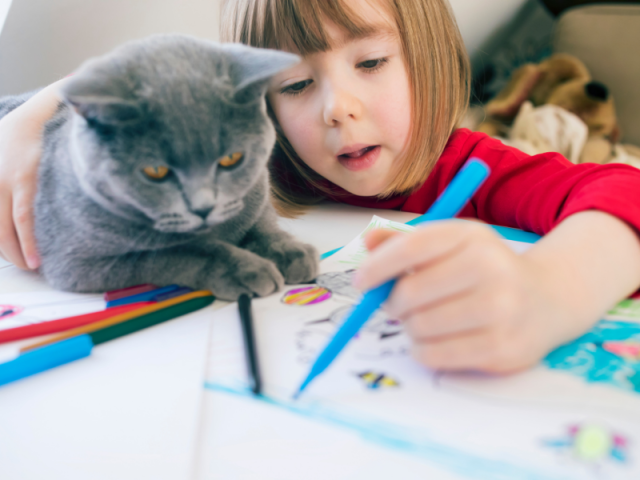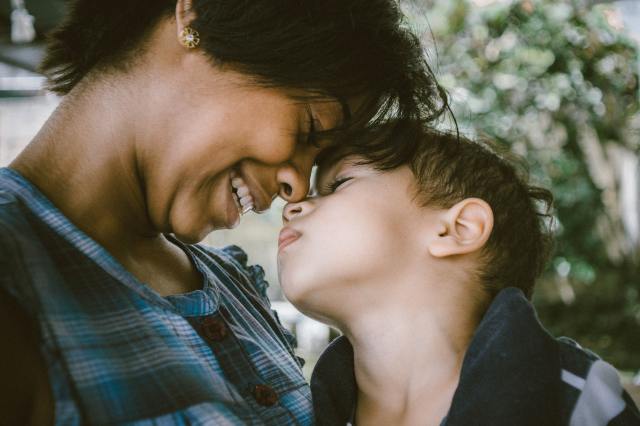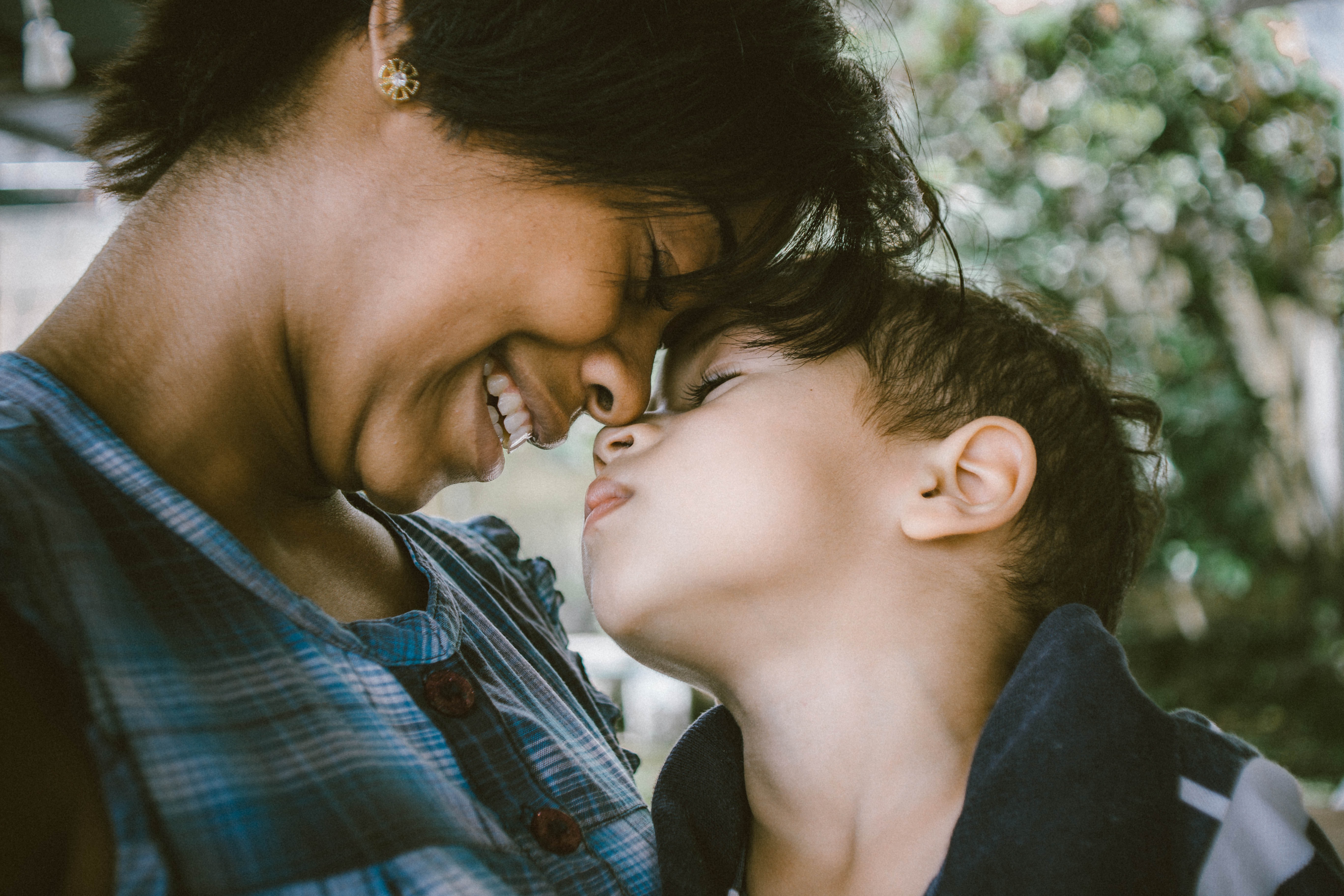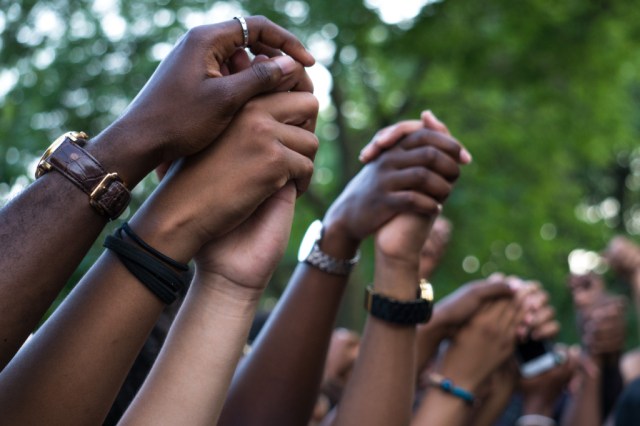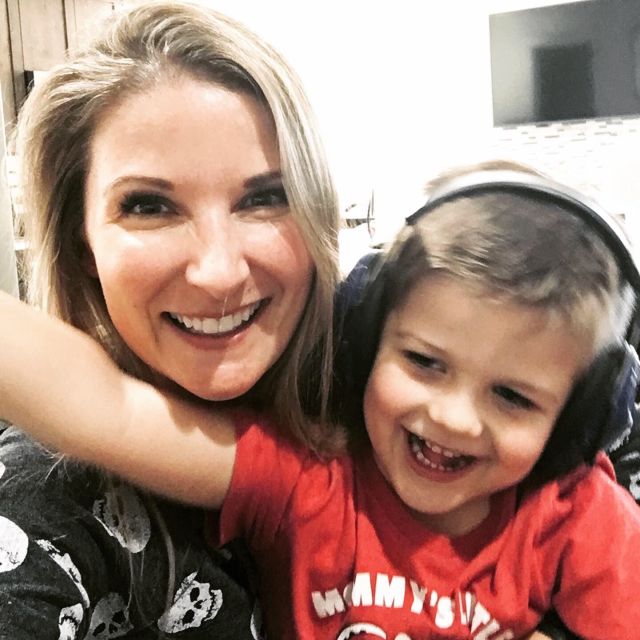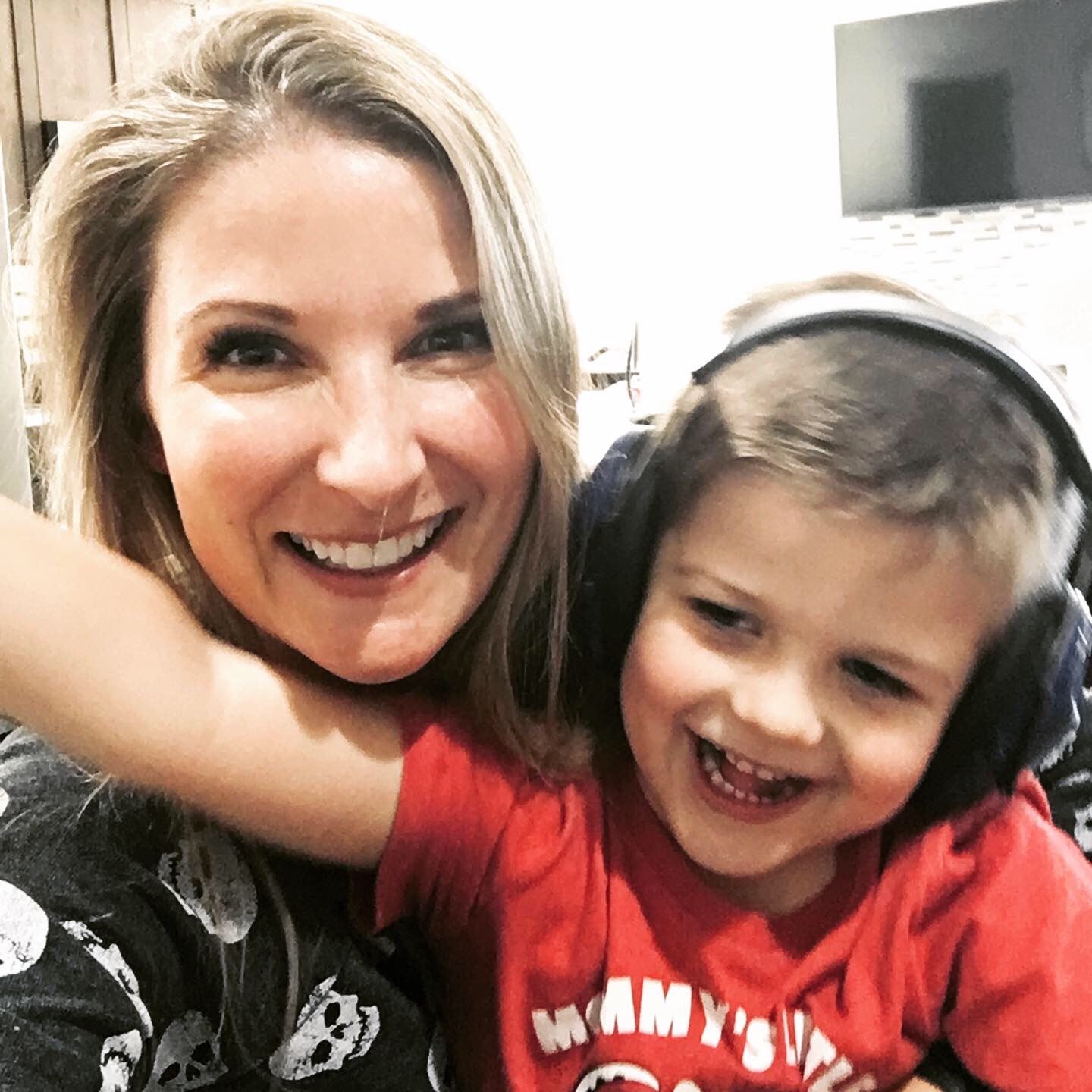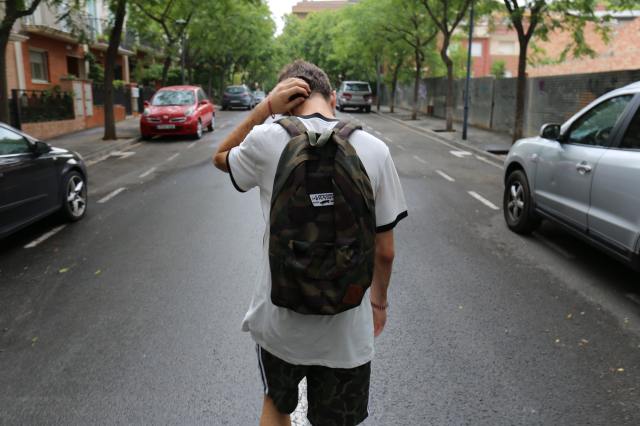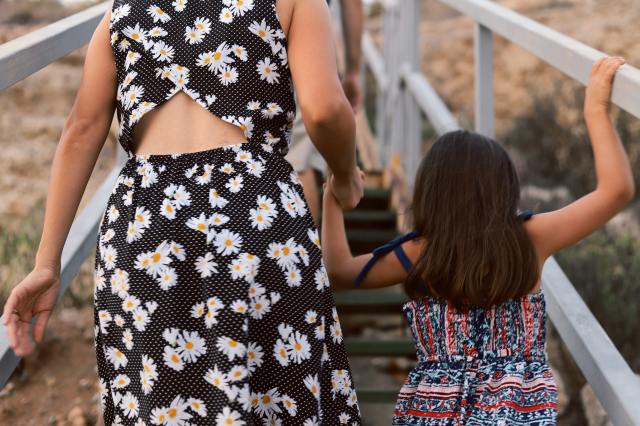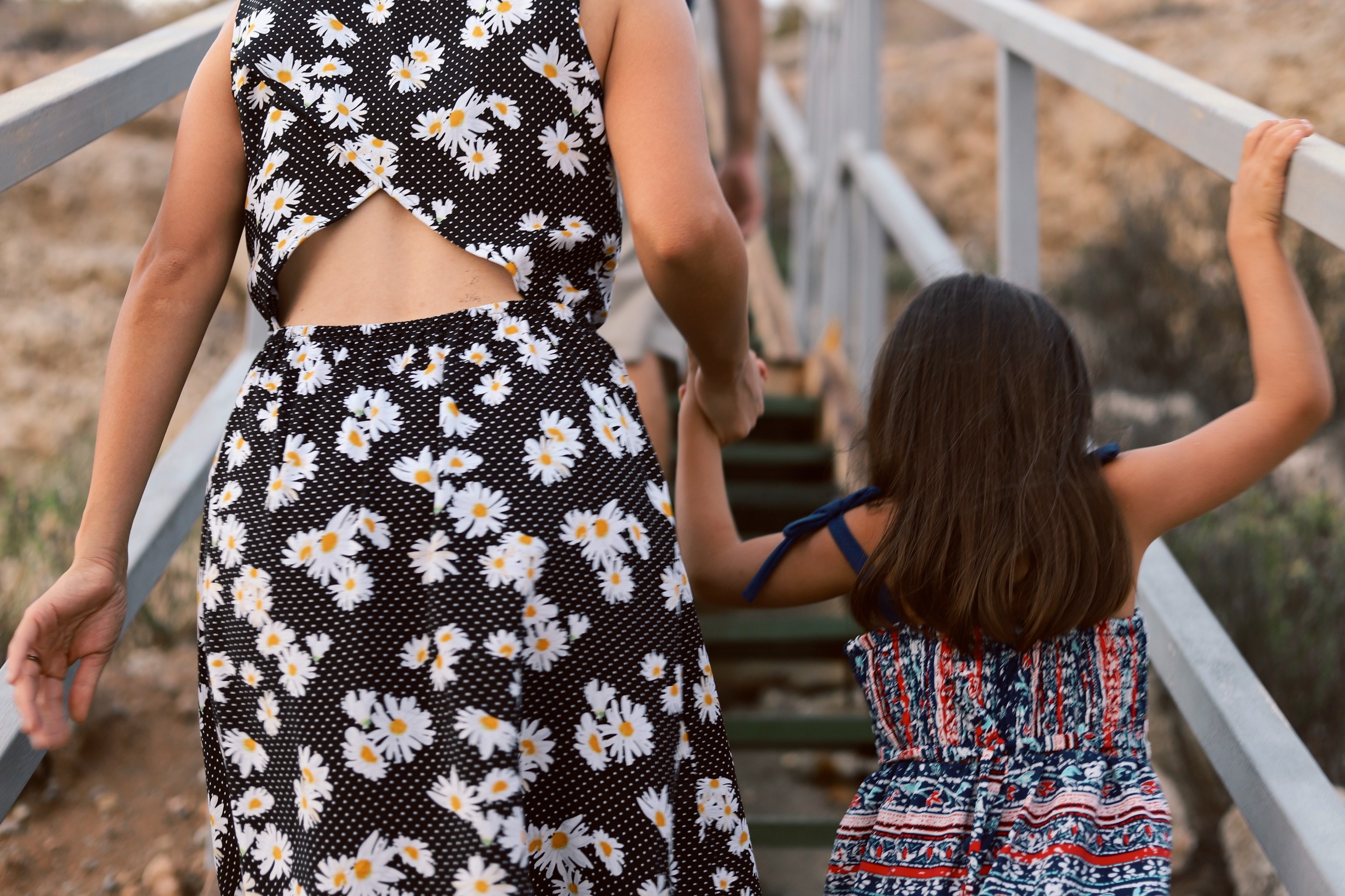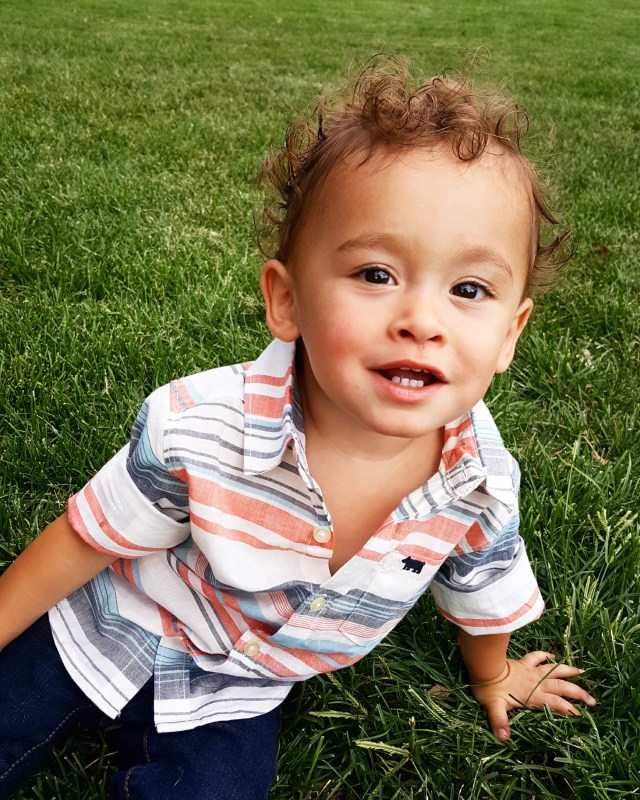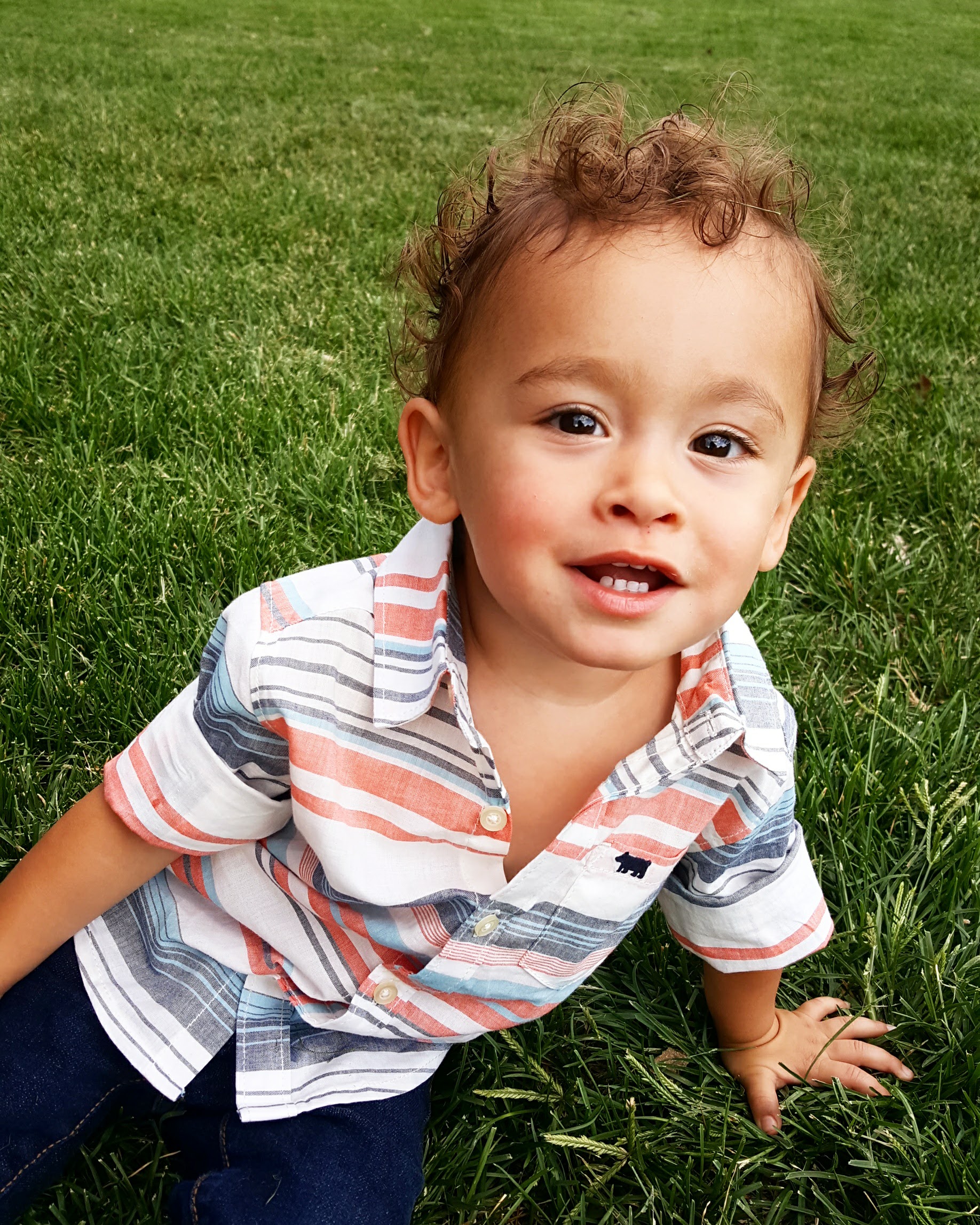There’s no shortage of information out there on the topic of getting your baby to sleep because, as you’ve probably already learned, being sleep-deprived is not fun. From sleeping through the night to nap routines, schedules and even self-soothing, there’s a lot to know about sleep when it comes to your babe. To help you wade through a bit of the confusion (and avoid that overwhelmed new parent feeling), here are a few of the most important do’s and don’ts of baby sleep, with help from Amanda Jewson, sleep consultant and founder of Baby’s Best Sleep.
Do: Let them sleep as much as they want for the first 3-4 months. Really.
When babies are newborns, their circadian rhythms aren’t fully developed. They sleep a LOT (around 16-20 hours a day!)—but in an irregular pattern. That means it’s pretty tough to get your baby on any kind of routine or schedule. “These initial months are a time of adjustment for your newborn as they’re still getting used to feeding and sleep patterns,” explains Jewson. But she stresses that there’s one time to be a little more diligent with even a wee newborn: If they have their days and nights mixed up. “You’ll want to correct that by waking from naps to feed and expose the baby to sunlight. Keep interactions overnight to a minimum and offer feeds quickly and in the dark when possible.”
So unless you’re dealing with day-night confusion, try to cut yourself a little slack and don’t obsess about sleep times and bedtime routines and all that just yet. Let your wee newborn sleep as much as they want, whenever they want, for the first 4 months or so.
Do: Set up a consistent place for them to sleep.
Once you and your baby are ready for a bit of a routine and schedule, setting up a consistent place for them to sleep is definitely key. Sure, it’s great to let them sleep on you while you’re watching TV or have them doze off while you’re out and about, but it’s not ideal once they get past that itty-bitty newborn phase and you establish a predictable routine. Having them go to sleep in the same place consistently will help them associate their sleep environment with bedtime—and you’ll all hopefully be getting the Z’s you need! Try setting up a room with a few safe sleep essentials essentials like a crib, blackout shades or blinds for a darkened room, and a white noise machine, and put them to bed there regularly for naps and at nighttime.
But don’t stress if this doesn’t totally work for your family. “I believe in the value of consistency, but I also appreciate the need for flexibility,” says Jewson. “For instance, you could aim for the first few naps to always be in the crib and then have some “on-the-go” naps later in the day to suit your lifestyle. Mostly, doing things that allow for the family to function is always preferred over a set routine or method. A problem is only a problem when it’s a problem for your family!”
Don’t: Keep them up late in order to try and get them to sleep in.
One thing you’ll hear a lot when the topic of baby sleep comes up is this: Sleep begets sleep. “Contrary to popular belief, keeping your baby up late doesn’t mean they’ll sleep in the next morning,” Jewson stresses. “Babies and young children have early circadian rhythms, meaning their bodies are ‘pre-programmed’ to wake early no matter when they go to bed.” So the later they go to bed, the less total sleep they’ll get—and getting an overtired baby to sleep is a challenge all in itself since their bodies can start to release cortisol, which makes it hard to settle. So heed our warning: If you keep your baby up late in hopes of a longer sleep-in, you’ll likely just end up with a sleepy and grumpy baby. Not fun for anyone.
Don’t: Ignore sleepy cues.
Over time, you’ll come to know your baby’s unique pattern of sleep cues, which present in two phases for newborns. “Look out for early sleep cues like a faraway stare, disinterest in play, or slower feeding,” Jewson explains. “Later tired cues like eye-rubbing, yawning, or fussiness may mean you’re past the point of having an easy sleep.” Once babies get older, the later cues become the ones to watch for. When you start noticing the things your baby does when they’re tired, try your best to get started on your naptime or bedtime routine as soon as possible. There’s nothing worse than missing a tired baby’s window and crossing into overtired territory.
Do: Develop a bedtime routine.
It may seem very minor, but wind-down time right before bed is crucial for little ones. “It serves as a signal to your baby that it’s time to wind down,” Jewson says. Your bedtime routine can be as simple as a bath, a cuddle, and a story, then off to sleep. Whatever you choose, keep it consistent so that your baby knows it’s time to relax and drift off to dreamland. The best part? “A bedtime routine is a simple and painless way to improve baby sleep immediately!”
Do: Use that routine at nap time, too.
Naps can be tricky because babies and kids seem to hate them, but parents love them—and everyone needs them! So, if there’s anything that can be done to help encourage your baby to nap, we’re all for it, and Jewson says that means incorporating a bit of your nighttime routine before naps. “At nap time, you can employ some elements from the bedtime routine, like reading a short story or dimming the lights, to establish the association with sleep and these pre-bed activities.” Anything they can associate with sleep will make it easier on you and your baby.
Don’t: Rush in the second your baby makes a little noise.
Babies tend to make a lot of noise when they sleep, but just because they’re fussing a little doesn’t necessarily mean they’re ready to get up. Even though it’s pretty much a burning instinct within us to pick our baby up as soon as she cries, Jewson says to wait. “Before rushing in to soothe a crying baby, I suggest waiting a few minutes to see if they’ll self-soothe.” That being said, it’s important to discern whether your baby is briefly fussy or actually distressed—and you can generally trust your intuition on this one. Trying your best to let them practice falling back asleep on their own is a great life skill that will serve you all well in the long run.
Do: Whatever works for you.
You can try following every tip, trick, schedule and philosophy under the sun when it comes to sleep. In the end, you’ll find that whatever works for one person doesn’t necessarily work for you and your family because every child is unique. “The best approach suits your family’s needs and aligns with your child’s temperament,” Jewson explains. “Be flexible and willing to adapt your strategy as your child grows.” And don’t feel the need to fix other people’s problems—just the ones that make it hard for your family to function. “All the rest will come out in the wash!”
